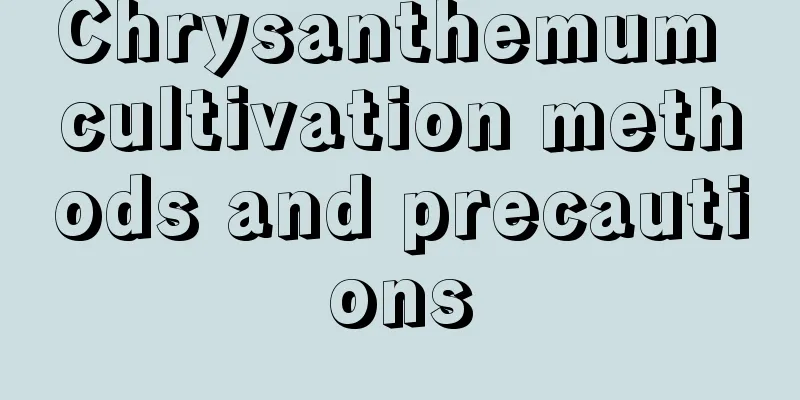The efficacy and function of seabuckthorn

1. Health Benefits1. Protect cardiovascular and cerebrovascular diseases: The total flavonoids extracted from seabuckthorn are high in content and can effectively lower blood pressure, eliminate free radicals, reduce blood viscosity, inhibit excessive platelet aggregation, soften blood vessels, improve blood circulation and prevent arteriosclerosis, thereby improving cardiovascular and cerebrovascular conditions and protecting health. 2. Enhance the immune system: Because it contains a large amount of antioxidants such as vitamin C and carotenoids, it can enhance humoral immunity and cellular immunity, and also has certain anti-allergic effects. In addition, sea buckthorn flavonoids can regulate thyroid function. 3. Prevent cancer: Anthocyanins, quassin, coumarin, β-carotene, etc. have biological activity in anti-cancer and cancer prevention, and have a certain inhibitory effect on cancer cells in the human body. It is effective for digestive system cancers such as gastric cancer and esophageal cancer. 4. Protect the respiratory system: Traditional Chinese medicine believes that it has the effects of relieving cough and asthma, resolving phlegm and moistening the lungs. It has a good effect on respiratory diseases such as cough, asthma, bronchitis, and chronic pharyngitis. 2. Ecological Effects1. Restoring vegetation: Sea buckthorn is drought-resistant and cold-resistant, can survive on barren land, and is easy to plant due to its small size. Therefore, planting it on wasteland can quickly restore vegetation. 2. Reduce silt: Planting seabuckthorn in areas with severe soil erosion, such as the Loess Plateau, can reduce soil erosion and stabilize the soil. Because of its well-developed root system and dense undergrowth, it is used to stabilize water and soil in many places with many gullies. 3. Landscaping: It is an excellent tree species for preventing wind and sand, and conserving water and soil, so it is often planted on sandy soil to improve the land, while also playing an aesthetic role in greening. |
<<: Does Tiger Piranha absorb formaldehyde?
>>: The efficacy, effects and contraindications of saffron
Recommend
How to take cuttings of Margaret flowers
Water rooting method Water plugging root inductio...
What is the best month to plant blueberries?
When it comes to fruits that protect the eyes, th...
Featherleaf lavender cutting propagation method
Featherleaf lavender cutting propagation time The...
If you place the right flowers in these 7 corners of your home, your whole family will be healthy and have a smooth year!
Growing ivy in the living room - smoking smoke an...
Does the colorful ivy bloom?
1. Is it blooming? The colorful ivy can bloom as ...
How to mix soil for Monstera and what kind of soil does it like?
Suitable soil requirements for Monstera Monstera ...
How many years does it take for green jujube to bear fruit?
Introduction to planting jujube Green jujube has ...
Can tulips be placed in the bedroom?
poisonous Tulips are poisonous. Tulips contain al...
Pest and disease control of gooseberries
1. Use pruning to prevent and control When curran...
Can Jade Plants be hydroponically cultivated?
Can Jade Plants be hydroponically cultivated? It ...
What kind of Feng Shui effect does lily have?
Create Feng Shui for your home From the perspecti...
How to grow white peony in winter
White Peony Winter Care: Light Be sure to get mor...
How long is the growth cycle of Panax notoginseng?
Introduction to Panax notoginseng growth Panax no...
What is the best water for green radish?
1. Rice water The water used to wash rice contain...
What to do if the leaves of green radish crack
1. Normal metabolism It is normal for its leaves ...









